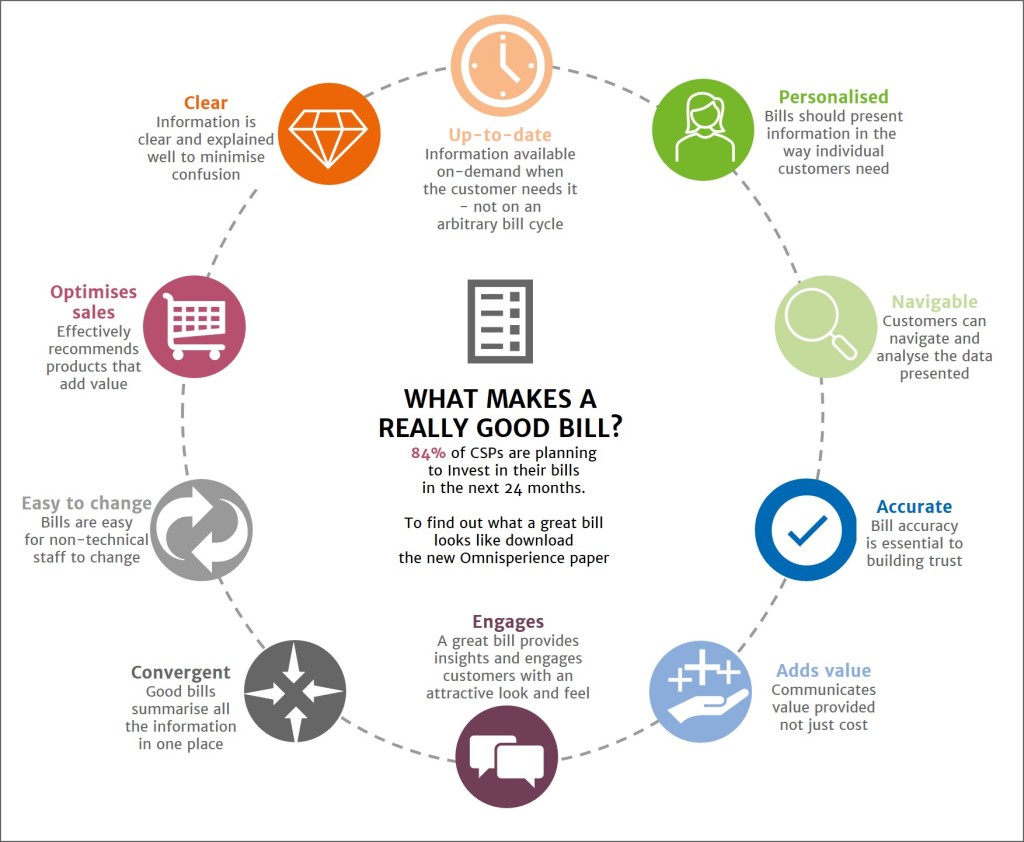New research by Omnisperience published today shows that COVID-19 hasn’t slowed down communications service providers’ (CSPs’) digitalisation efforts – in fact three-quarters say it is speeding them up.
CSPs are facing two key challenges:
- keeping the lights on and dealing with the ongoing effects of the COVID-19 pandemic
- positioning for innovation and new revenue streams to build their future business.
They cannot afford to take their eye off either of these challenges, but have to manage both simultaneously. So how can they do this?
Keeping the lights on during and after COVID-19
The COVID-19 pandemic has stimulated enormous change in the telecoms market. Throughout the crisis, CSPs played a vital role in keeping both enterprises and households connected. But as life begins to normalise, they’re now focused on what comes next.
CSPs are considering what’s going to happen in the autumn and anticipating that customers are going to need to re-assess their spending and that there might be issues around bad debt.
Business customers will have to analyse what they bought for business continuity purposes during the crisis phase and assess whether their ICT is aligned to new ways of working. They will need to get OPEX back under control, and at the same time ensure that their employees have the right tools to facilitate ongoing home working.
Consumers and SMEs are facing financial pressures as furlough and short-working schemes end, and credit dries up. They will need to review and revisit their spending. While communications services will be viewed as essential costs and not discretionary spend, consumers and SMEs will need to right-size their spending to both their budgets and new needs. For some this might mean spending more on communications-based services in order to save money elsewhere. For example, substituting a night out at the cinema with a night in watching Netflix. For others it might mean downsizing their mobile data plan because they’re now largely using broadband plus WiFi.
The situation is complex. The one thing we do know is that there will be a lot of change and that this change needs to be accurately communicated to customers or else they will pick up their phone to find out what is going on. If they’re forced to do this it will increase their anxiety and, at the same time, increase CSPs’ support costs.
As simple as this sounds, effectively communicating change is a big ask for many CSPs. Three-quarters of them admitted that customers calling their contact centres were doing so not because their bills were wrong, but because they didn’t understand them. That’s one of the reasons 84% plan to invest in improving bill communications in the next 24 months. Some will add new features – such as improved analytics and reporting (92%) and others will work on the look and feel of their bills (83%).
Positioning for innovation and new revenue streams
Beyond the pressing need to support customers as they adjust to the New Normal an equally urgent requirement for CSPs is to position for innovation and new revenue streams. They are currently on the cusp of major and long-awaited product innovation underpinned by massive investments in new networks such as 5G, FTTP and WiFi 6.
While there’s been a lot of talk about how these investments will be monetised and what customers really want and are willing to pay for, the fact remains that they must be monetised and new revenue streams found. While innovation in products and tariffs is vital for the future health of CSPs, it comes with a sting in its tail.
If new tariffs, charges and products aren’t effectively communicated to customers then they’ll become confused and ring for help or they may fail to understand the value of new offerings and not buy them in the first place.
As the emphasis moves from customer acquisition to customer retention, CSPs are challenged with retaining, engaging and upselling to existing customers. Not something they’ve historically been good at. For many years their focus was on acquisition and their marketing spend was dedicated to convincing new customers to sign on the dotted line.
When CSPs adopt a retention mindset the focus shifts to mid-lifecycle customers, for whom the only or main touchpoint is their bill – making it vital that bills meet customer needs. But there’s also a hidden opportunity here. CSPs can use their digital bill communications to improve marketing effectiveness by making recommendations based on customer behaviour.
Some industries have been doing this for a long time and are far better at it than CSPs. Take Amazon, for example, which has done a great job of providing recommendations to customers based on their purchasing and viewing behaviour. But doing this is only effective if customers are engaged in the first place, and not frustrated or distressed.
Meeting customers’ expectations for more effective bill communications that are aligned to the new messaging, branding and digital experience that CSPs are trying to promote is therefore essential. It’s no good rolling out a 5G network experience and then providing a 2G billing experience.
Accelerating to benefits
CSPs have known for years that their bill experience is not as good as it could be, but the issue isn’t a simple one to fix. Their legacy business support systems (BSS) are complex and expensive – both to maintain and to replace – but on the whole are usually reliable and accurate. Transforming their BSS estate is not trivial, and takes deep pockets and years of investment. Meanwhile while they’re doing this, nothing changes from the customer’s perspective.
Taking a LEAN approach to digital transformation advocates concentrating on where most value can be delivered. Replacing billing systems is a risky business and needs to be managed carefully and not rushed. Which is why CSPs are turning their attention to the thin layer that sits between their BSS and their customers – bill communication and presentation.
Transforming this layer is cost-effective, far quicker and delivers many of the customer benefits upfront. For example, it can create instantly converged bills, greater flexibility to change the look and feel of bills and powerful new features that customers expect. For CSPs who want to accelerate their transformations from three years to three months, focusing on this layer provides a quick win. It delivers a digital makeover that buys them time to transform the rest of their BSS in a controlled and step-wise fashion. This is why it has become a no-brainer for investment for smart CSPs.
What does an effective digital bill look like?
There’s no standard template for an effective digital bill because taken to its natural conclusion each bill may be idiosyncratic – ie tailored to the needs of an individual customer. Most likely the customer will have done this themselves using the flexible bill design and enhanced features provided. However, in forming the heart of a healthy commercial relationship, effective bill communications will have certain common features such as an engaging look and feel, and the ability to drill down and analyse billing information.




